Live and Die in Tibanica. Reflections about the Power and Space in Muisca Village in Late Savannah of Bogotá
Abstract
This paper studies the relation between feasts and other issues that are traditionally related the power of Muisca chiefs in their communities. The research question deals with the linkage between different dimensions of the social stratification in the the Muisca site of Tibanica, including: feasting itself, health, kinship and nutrition. It is argued that there is no lineal relation between such variables, and that Muisca social organization is best understood from a multidimensional and comparative analysis, recognizing the complexity of the issue at hand.
https://doi.org/10.22380/2539472X18Downloads
References
Cambridge: Cambridge University Press.
Binford, Lewis. 1971. “Mortuary Practices: Their Study and their Potencial”. En An Archaeological Perspective, editado por Lewis Binford, 208-243. Orlando:
Academic Press.
Boada, Ana María. 1999. “Organización social y económica en la aldea muisca El Venado, valle de Samacá, Boyacá”. Revista Colombiana de Antropología 35: 118-145.
—. 2000. “Variabilidad mortuoria y organización social en el sur de la sabana de Bogotá”. En Sociedades complejas de la sabana de Bogotá, editado por Monika Therrien y Braida Enciso, 21-58. Bogotá: Instituto Colombiano de Antropología e Historia.
—. 2006. Patrones de asentamiento regional y sistemas de agricultura intensiva en Cota y Suba, sabana de Bogotá (Colombia). Bogotá: Banco de la República, Fundación de Investigaciones Arqueológicas Nacionales.
—. 2013. “From Small Household Clusters to the Central Place of the Bogotá Chiefdom, Colombia”. En Multiscalar Approaches to Studying Social Organization and Change in The Isthmo-Colombian Area, editado por Scott D. Palumbo et al., 39-71. Pittsburgh: University of Pittsburgh, Center for Comparative Archaeology.
Bray, Tamara. 2003. “The Commensal Politics of Early States and Empires”. En The Archaeology and Politics of Food and Feasting in Early States and Empires, editado por Tamara Bray, 1-16. Nueva York: Kluwer Academics-Plenum Publishers.
Broadbent, Sylvia. 1964. Los chibchas: organización sociopolítica. Bogotá: Universidad Nacional de Colombia.
Brown, James A. 1995. “On Mortuary Analysis-with Special Reference to the Saxe-Binford Research Program”. En Regional Approaches to Mortuary Analysis, editado por Lane Anderson, 3-28. Nueva York: Plenum Press.
Campillo, Domingo, Jaume Bertranpetit y Elizenda Vives. 1990. “Cribra orbitalia y osteoporosis hiperestósicas en paleopatología”. Asclepio 42: 341-365.
Carr, Christopher. 1995. “Mortuary Practices: Their Social, Philosophical-Religious, Circumstantial, and Physical Determinants”. Journal of Archaeological
Method and Theory 2: 105-200.
Clastres, Pierre. 1981. Investigaciones en antropología política. Barcelona: Gedisa.
Cohen, Mark. 1989. Health and the Rise of Civilization. Nueva York: Yale University Press.
Correa, François. 2004. El sol del poder. Simbología y política entre los muiscas del norte de los Andes. Bogotá: Universidad Nacional de Colombia.
Cuellar, Andrea. 2013. “The Archaeology of Food and Social Inequality in the Andes”. Journal of Archaeological Research 21 (2): 123-174.
Curet, Antonio. 2002. “The Chief is Dead. Long Live – Who? Descent and Succession in the Protohistoric Chiefdoms of the Greater Antilles”. Ethnohistory 49 (2): 259-280.
Danforth, Marie Elaine. 1999. “Nutrition and Politics in Prehistory”. Annual Review of Anthropology 28: 1-25.
Delgado, Miguel et al. 2013. “Indicadores bioquímicos de dieta en Tibanica, un poblado muisca tardío en la sabana de Bogotá (Colombia): isótopos estables”. Manuscrito.
Dietler, Michael y Brian Hayden. 2001. “Digesting the Feast-Good to Eat, Good to Drink, Good to Think: An Introduction”. En Archaeological and Ethnographic Perspectives on Food, Politics, and Power, editado por Michael Dietler y Brian Hayden, 1-20. Washington: Smithsonian Institution Press.
Drennan, Robert y Christian E. Peterson. 2006. “Patterned Variation in Prehistoric Chiefdoms”. PNAS 103 (11): 3960-3967.
Drennan, Robert, Christian E. Peterson y Jake R. Fox. 2010. “Degrees and Kinds of Inequality”. En Pathways to Power, editado por T. D. Price y G. M. Feinman, 45-76. Nueva York: Springer.
Earle, Timothy. 1997. How Chiefs Come to Power-The Political Economy in Prehistory. Stanford: Stanford University Press.
Fajardo, Sebastián. 2011. Jerarquía social de una comunidad en el valle de Leiva: unidades domésticas y agencia entre los siglos XVI y XVII. Informes Arqueológicos 6. Bogotá: Instituto Colombiano de Antropología e Historia.
Feinman, Gary. 2001. “Mesoamerican Political Complexity-The Corporate-Network Dimension”. En From Leaders to Rulers, editado por Jonathan Haas, 151-176. Nueva York: Kluwer Academic.
Gamboa, Jorge Augusto. 2013. El cacicazgo muisca en los años posteriores a la Conquista: del psihipqua al cacique colonial. Bogotá: Instituto Colombiano de Antropología e Historia.
Giedelman, Mónica. 1999. “Prácticas funerarias muiscas: una comparación entre zonas geográficas”. Trabajo de grado, Departamento de Antropología, Universidad de los Andes, Bogotá.
Goodman, Alan H., Debra Martin y George J. Armelagos. 1992. “Health, Economic Change, and Regional Political-Economic Relations: Examples from Prehistory”. En Health and Lifestyle Change, editado por Rebecca Huss-Ashmore, Joan Schall y Mary Hediger, 51-60. Ann Arbor: The University Museum of
Archaeology and Anthropology.
Helms, Mary. 1980. “Succession to High Office in Pre-Columbian Circum-Caribbean Chiefdoms”. Man 15: 718-731.
Henderson, Hope y Nicholas Ostler. 2005. “Muisca Settlement Organization and Chiefly Authority at Suta, Valle de Leiva, Colombia: A Critical Appraisal of Native Concepts of House Studies of Complex Societies”. Journal of Anthropological Archaeology 24 (2): 148-178.
Hodges, Dense. 1989. Agricultural Intensification and Prehistoric Health in the Valley of Oaxaca, Mexico. Memoirs of the Museum of Anthropology 22. Ann Arbor: University of Michigan.
Jaramillo, Alejandra. 2012. “Las mujeres muiscas: una mirada desde las prácticas mortuorias hacia la diferenciación y participación dentro de la sociedad. El caso de Tibanica”. Tesis de Maestría en Antropología, Universidad de los Andes, Bogotá.
Kruschek, Michael. 2003. “The Evolution of the Bogotá Chiefdom: A Household View”. Trabajo de grado doctoral, University of Pittsburgh.
Langebaek, Carl Henrik. 1995. Arqueología regional en el territorio muisca: estudio de los valles de Fúquene y Susa. Memoirs in Latin American Archaeology 9. Pittsburgh: University of Pittsburgh.
—. 2006. “De las palabras, las cosas y los recuerdos: El Infiernito, la arqueología, los documentos y la etnología en el estudio de la sociedad muisca”. En Contra la tiranía tipológica en arqueología, editado por Cristóbal Gnecco y Carl Henrik Langebaek, 215-256. Bogotá: Universidad de los Andes.
Langebaek, Carl Henrik, Marcela Bernal, Lucero Aristizábal, María Antonieta Corcione, Camilo Rojas y Tatiana Santa. 2011. “Condiciones de vida y
jerarquías sociales en el norte de Suramérica: el caso de la población muisca de Tibanica, Soacha”. Indiana 28: 15-34.
Londoño, Eduardo. 1984. “Los cacicazgos muisca a la llegada de los conquistadores españoles. El caso del zacazgo o ‘reino´ de Tunja”. Trabajo de grado, Departamento de Antropología, Universidad de los Andes, Bogotá.
Philips, David y Lynne Sebastian. 2004. “Large-Scale Feasting and Politics: An Essay on Power in Precontact Southwestern Societies”. En Identity, Feasting, and the Archaeology of the Greater Southwest, editado por Barbara J. Mills, 233-260. Boulder: University Press of Colorado.
Powell, Mary Lucas. 1988. Status and Health in Prehistory. A Case Study of the Moundville Chiefdom. Washington: Smithsonian Institution Press.
Powell, Mary Lucas. 1992. “In the Best of Health? Disease and Trauma among the Mississippian Elite”. En Lords of the Southwest: Social Inequality and the Native Elites of Southeastern North America, editado por Alex W. Barker y Timothy R. Pauketat, 81-96. Archaeological Papers of the American Anthropological Association 3. Washington D. C.: American Anthropological Association.
Rodríguez, José Vicente. 2001. “Estudio osteométrico de los restos óseos del cercado grande de los santuarios, Tunja, Boyacá”. En Los chibchas. Adaptación y diversidad en los Andes orientales de Colombia, editado por José Vicente Rodríguez, 207-216. Bogotá: Universidad Nacional de Colombia.
—. 2006. Las enfermedades en las condiciones de vida prehispánica de Colombia. Bogotá: Universidad Nacional de Colombia.
Rodríguez, Julio César. 2013. Ideología y liderazgo en la periferia: una perspectiva desde el cacicazgo de Suta, valle de Leyva, entre los siglos XIII y XVI. Informes Arqueológicos 7. Bogotá: Instituto Colombiano de Antropología e Historia.
Romano, Francisco. 2003. “San Carlos: documentando trayectorias evolutivas de la organización social de unidades domésticas en un cacicazgo de la sabana de Bogotá (Funza, Cundinamarca)”. Boletín de Arqueología 18: 3-51.
Rozo, José. 1978. Los muiscas. Organización social y régimen político. Bogotá: Fondo Editorial Suramérica.
Sánchez, Diana et al. 2013. “Very High Diversity in the Late Muisca Population of Tibanica on the Eastern Highlands of Colombia before the Spanish Conquest”. Manuscrito.
Spencer, Charles. 1991. “Coevolution and the Development of Venezuelan Chiefdoms”. En Profiles in Cultural Evolution, editado por Terry Rambo y Kathleen Gillogly, 137-166. Ann Arbor: University of Michigan.
Tovar, Hermes. 1980. La formación social chibcha. Bogotá: Cooperativa de Profesores de la Universidad Nacional de Colombia.
Ubelaker, Douglas H. 1995. “Status and Diet in Precontact Highland Ecuador”. American Journal of Physical Anthropology 97: 403-411.
Ubelaker, Douglas H. y Linda A. Newson. 2005. “Patterns of Health and Nutrition in Prehistoric and Historic Ecuador”. En The Backbone of History-Health and Nutrition in the Western Hemisphere, editado por Richard H. Steckel y Jerome C. Rose, 343-375. Cambridge: Cambridge University Press.
Verano, John. 1992. “Prehistoric Disease and Demography in the Andes”. En Disease and Demography in the Americas, editado por John W. Verano y Douglas H. Ubelaker, 15-24. Washington: Smithsonian Institution Press.




















